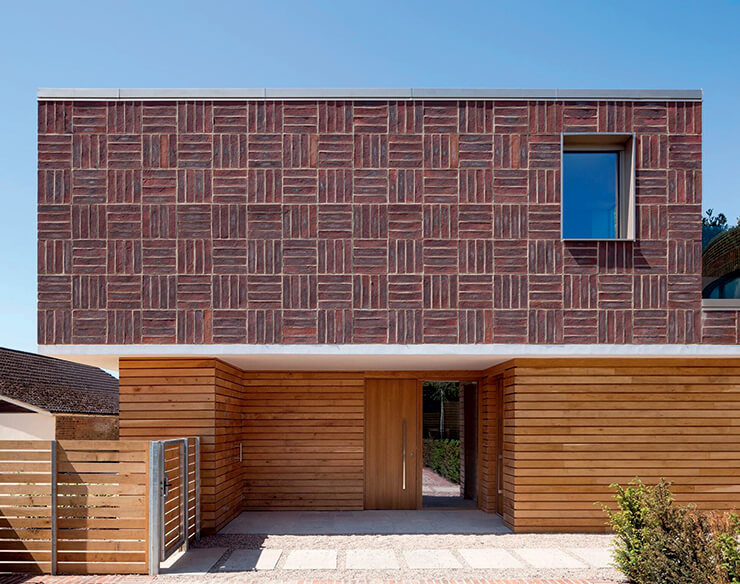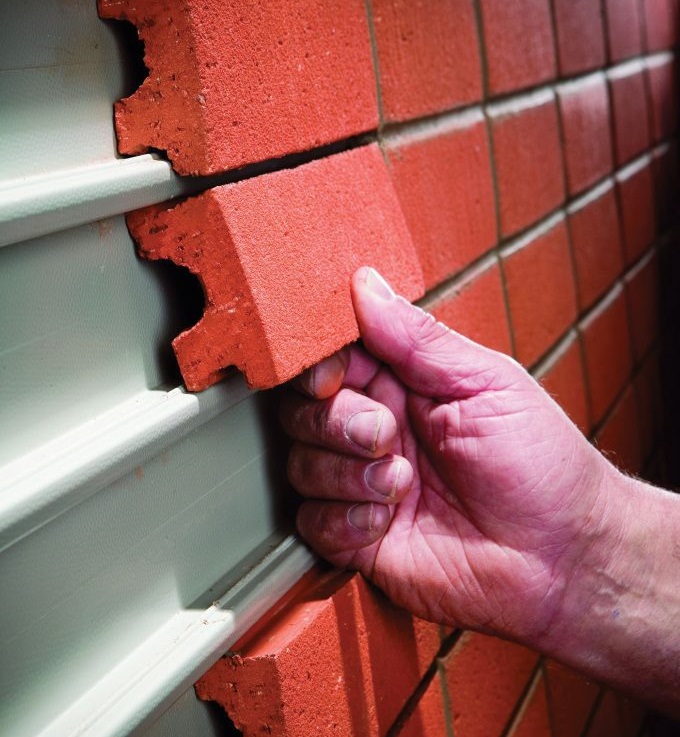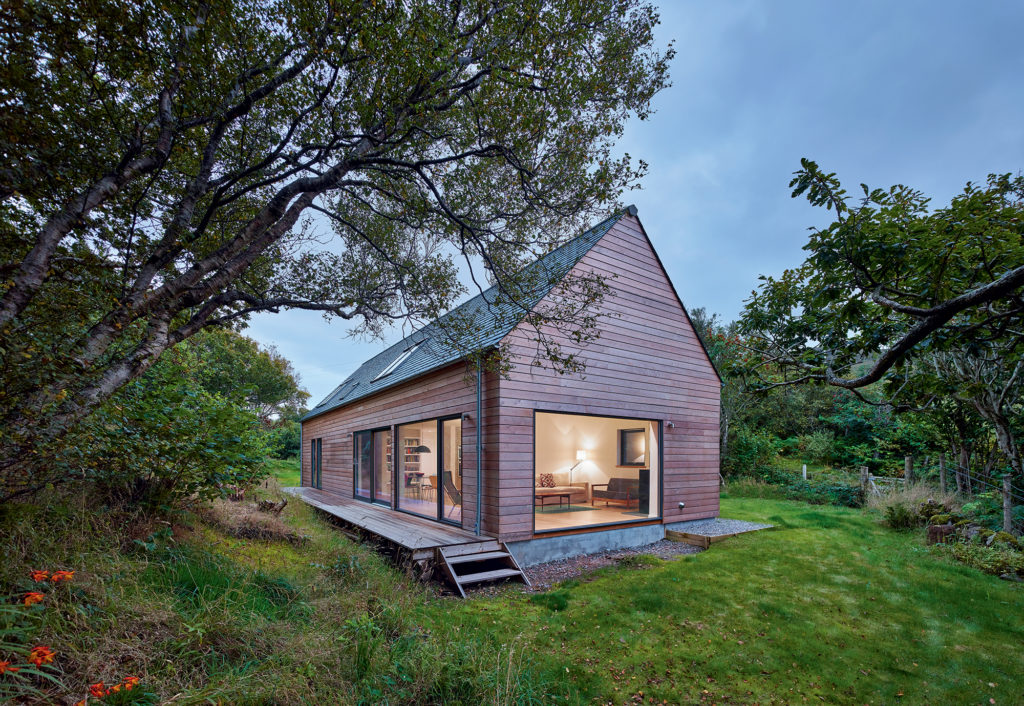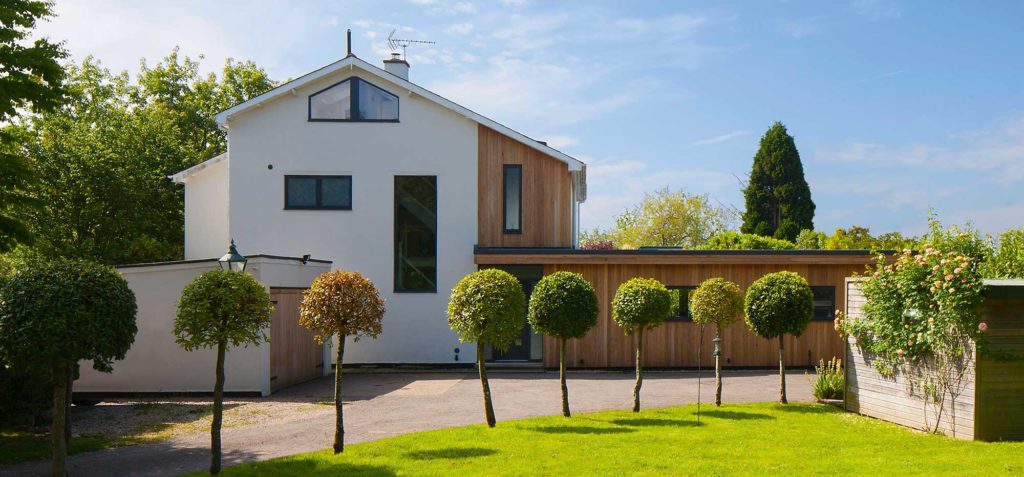If you want to add wow-factor to your self build or existing home, then you’ll need to think carefully about specifying the best cladding and external finishes.
There’s a marvellous range of materials out there to fire the imagination, from shiny metallic finishes to homely weatherboarding and colourful render, plus the traditional stone and brick finishes. But before opting for a particular style, check whether your local planning department has restrictions on the type you use.
Cladding isn’t just a pretty face. All types will protect your home from the elements, while some have qualities to improve thermal insulation.
Materials used to create exciting new looks for commercial buildings also have a place in residential builds.
Cladding is usually applied to a support system of timber battens or a steel frame, attached to the structural wall.
The term ‘rainscreen’ describes a breathable outer weatherproof encapsulation system; used with a cavity behind, any water that penetrates will drain away, and ventilation reduces the likelihood of condensation.
Ask the manufacturer about warranties for the cladding, and check that the material is acceptable to your structural insurance provider, to ensure that you’re covered. The durability, any maintenance and eco-impact must all be considered.
On a practical note, cladding can be fitted as part of the first fix, as plumbing, electrics and plasterboarding can be done while the external cladding is being installed, so speeding up the build by a few weeks and saving on costs.
Brick wall finishes
With versatile colours, textures and bonding patterns available, bricks are both durable and affordable. They’re a natural choice for cavity wall builds – but can also work well in tandem with other structural systems, including timber frame, oak and more.
Stack bond is a fantastic option for those seeking a contemporary finish. With this masonry technique, bricks are laid lengthways, directly on top of each other and with no overlap. This results in a sleek, clean look that’s ideal for extensions or feature cladding.
For those seeking something a little different, a basket bond brick pattern makes a real design statement. For this, bricks are laid in a repetitive and alternating manner, to create a striking look.

This new build is clad in a basket bond brick pattern
Brick slips
For the look of solid brick without the hassle, consider brick slips – thin slices of brick (20-25mm) used as a lightweight alternative to regular bricks.
In Eurobrick’s system, a composite backer panel marked out with horizontal courses is fixed in place with panel fasteners. Adhesive is applied to each ‘course’ before inserting the brick slips, then mortar is inserted and tooled in the usual way.

Brick slips are a hassle-free and lightweight option for cladding your home
Wood cladding
The classic choice, timber weatherboarding can give your home a fashionable New-England effect, though other patterns, including herringbone are available, too.
The wood can be chemically preserved to maintain the colour, but bear in mind that timber will react to the weather. It can be treated before or after cladding.
Hardwoods, from Europe or the tropics, are more durable but more costly than European softwoods, which tend to be more eco-friendly. Try ThermoWood from FinnForest, which is treated to reduce its thermal conductivity.

This stylish property features sleek timber cladding by Russwood
Render systems
Render is applied in layers, by hand in a similar way to plaster, or by spraying, and can easily be given a textured or patterned finish.
If you’re after a smooth finish, call in the professionals, as it’s hard to get right. Since the pigment goes right through all the layers, it won’t lose its colour, making render a low maintenance cladding option.
External wall insulation covered by a render of your choice can be applied to new or existing homes to improve warmth and comfort levels, or choose a thermal render.
Application takes around three days. Find an installer at the Insulated Render & Cladding Association.

Render makes for a clean and pared back finish, but can be enhanced by timber or brickwork
The post Choosing External Wall Cladding appeared first on Build It.
Article reference Choosing External Wall Cladding
No comments:
Post a Comment